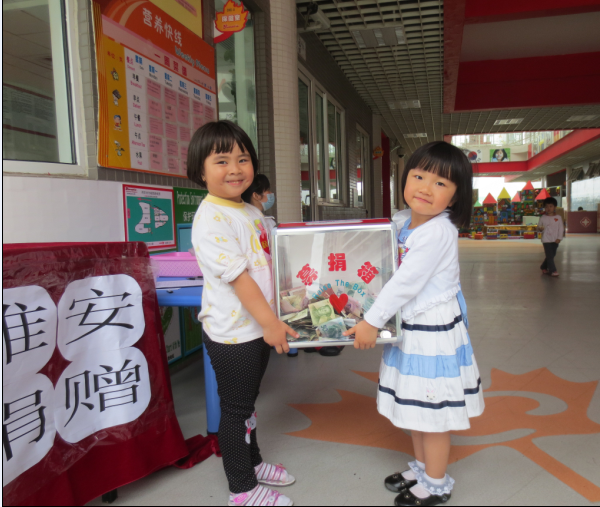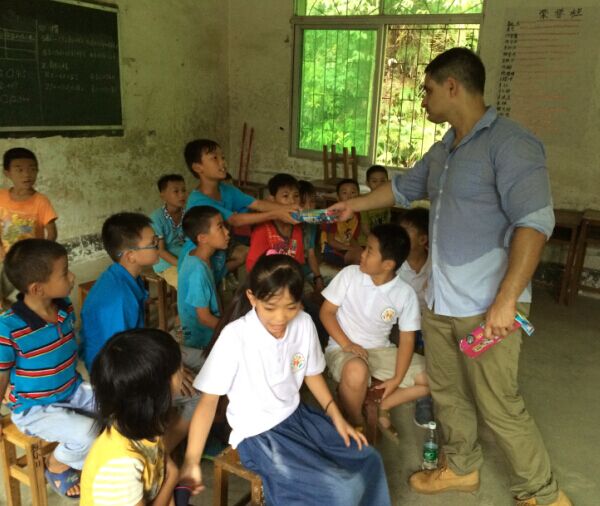Our Giving Bank
(Teaching children the concept of giving and managing money)
Children need to be taught this concept early in their lives, because their natural tendency is just the opposite--"MINE!" That's why it is so important they understand both the value of money and how to handle it. Our Giving Bank is a practical tool that makes learning about giving, saving and spending money fun! As you help your students decide how much money to designate to charity, school, and themselves, you will be developing important habits that will serve them for a lifetime.

Explain sharing
I feel good sharing what I have with others. For many families, giving is as important as saving. If that¡¯s your philosophy, begin early explaining that a certain amount of your students money should be set aside to help people.

Investigate your options
Who decides? A child might want to give toys to other children through programs like ¡°Toys for Tots.¡± In most cases, giving is a very individual thing. A child who has a friend who can not afford the school fees may decide to support the search for money collection. CIEO has established an education foundation to support such research and school or class can decide where the money will go together.

Celebrate generosity
Recognize the donation as an accomplishment. When the children have enough money saved to make a donation, turn that donation into an event. Such as a school celebration or an event in the community to share what the school has accomplished.

Send the message
Talk about helping others. Whenever you can, make the point that we all help each other. Show it in small ways. For example, ask children to help around the community whenever they can.

Illustrate the point
Add it up. Help your students understand how a little donation grows. If your child gives 50¡é a week, at the end of 6 months, he or she will have $12 to donate. Count out the coins to make your point. You can use the chart to show how donations grow and show to the class often.
|


